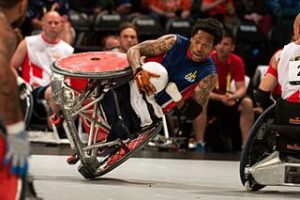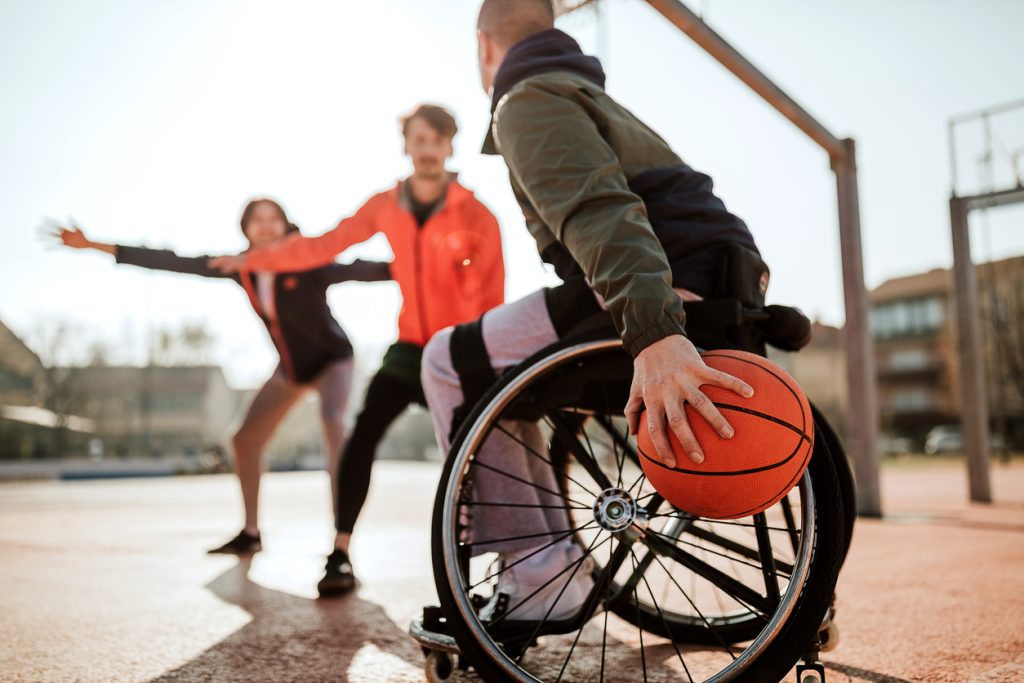
Sports are a great way to keep fit, relieve stress and hang out with friends. You can participate in an individual sport, or you can play in a team. Being in a wheelchair by no means suggests people aren’t interested in or capable of participating in sports. Although wheelchair users are restricted from some able-bodied sports, most can be modified to suit wheelchairs and disabilities.
Wheelchairs used for sports are not the same as regular wheelchairs. They are specially designed to go faster, manoeuvre easily, and be stronger and more stable. As a result of these alterations and the physical practicalities of being in a wheelchair, the rules for wheelchair sports may differ from traditional rules. But they are just as exciting for the participants, not to mention the spectators.
The increase in the popularity of the Paralympic Games is an illustration of how the sports industry for people with disabilities has grown. Now these sports have more recognition and support, making it easier for people with disabilities and people in wheelchairs to get involved. In fact, there are a range of individual and team sports popular with wheelchair users, including ball sports, wheel sports, water sports, and extreme sports.
Popular Wheelchair Sports
Ball sports
Ball sports may not seem like an obvious choice for someone in a wheelchair, but wheelchair users are so adept at manoeuvring themselves that there are virtually no restrictions on what they can and cannot do. Plus, the use of wheelchairs makes the game faster and more exciting.
Basketball is probably the most well-known of the wheelchair sports. The rules of the game are the same as able-bodied basketball except for the travelling regulations. While in regular basketball, travelling refers to taking steps, in wheelchair basketball, it refers to the number of times a player can touch their wheels between dribbling.
Tennis is another popular sport. Wheelchair tennis is the same as regular tennis, though an adaptable wheelchair is required. Players can play singles, doubles, or in a team.
For those who enjoy a bit more contact with their ball sports, there’s always rugby. Not technically the same as rugby, this sport involves elements of hockey, basketball and volleyball. It’s a heavy-contact sport and is not for the faint-hearted.
Wheel Sports
Sports involving some kind of vehicle seem a good fit for wheelchair users. Bear in mind that the wheelchairs used in these sports are not the same as regular wheelchairs and are modified for the specific purposes of the sport.
Wheelchair racing is also known as chairing. It is a race to the finish line but with the added elements of stunting, rail riding and ramps.
Motocross is not only for the young and the crazy. Wheelchair users can show off their moves in the skatepark with specially adapted wheelchairs. Based on BMX tricks and techniques, this sport is thrilling for both spectators and competitors.

Water Sports
A sport for people who don’t suffer from seasickness, speed sailing enables you to enjoy the great outdoors.
Both on water and on snow, skiing has been adapted for wheelchair users. Adaptive equipment enables wheelchair users to show off their skills on the slopes or on the water.
Surfing is another option for water lovers who are in wheelchairs. Surfboard adaptations mean it’s now possible for wheelchair users to enjoy catching waves.
Extreme Wheelchair Sports
For an adrenaline rush, not much beats skydiving. Strapped to an able-bodied instructor, wheelchair users are able to control as much of the process as they physically can and so experience one of the most exciting sports around.
For those who prefer to stay on the ground, there’s mountain biking. Adapted four-wheelers with big tyres, a bucket seat and hand-controlled disk brakes allow wheelchair users to navigate rough terrain.
Sports are an integral part of our lives, and being in a wheelchair doesn’t mean that a person can’t participate in the sport of his or her choice. These days’ wheelchairs can be adapted and modified so that wheelchair users aren’t consigned to the sidelines. Instead, they can be as involved as they want.







